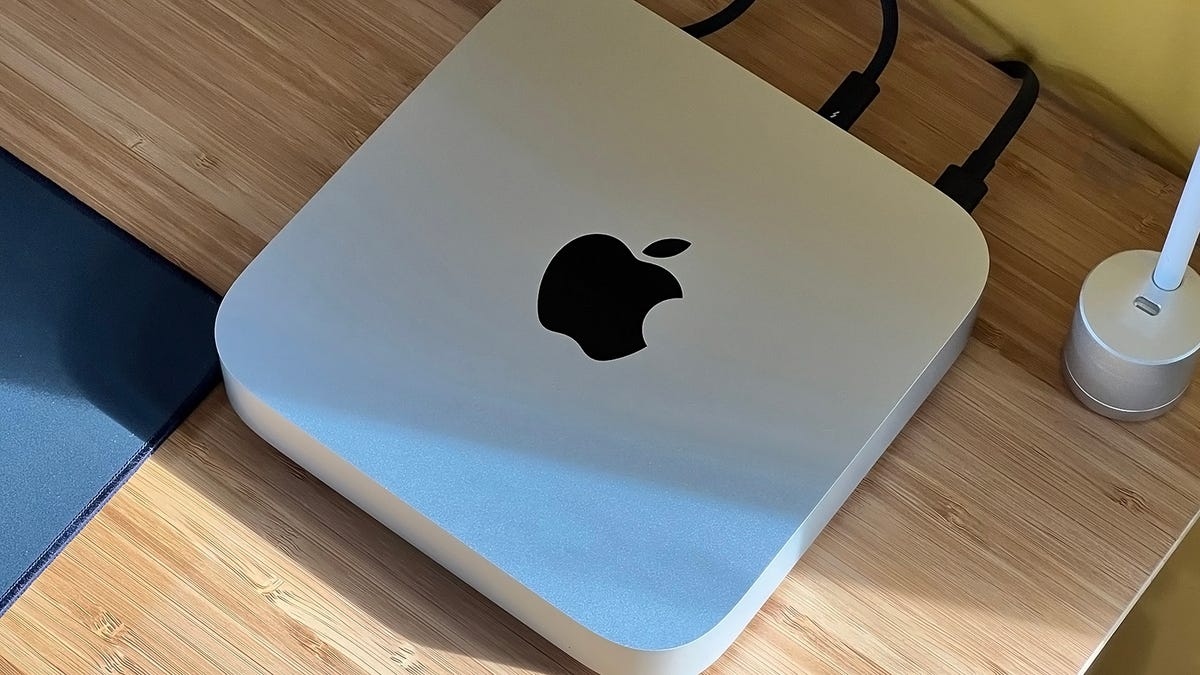You can see the influence of Breath of the Wild and Tears of the Kingdom in Echoes of Wisdom, Nintendo’s latest top-down Zelda game for the Nintendo Switch. But for all of the new game’s openness and emphasis on playing how you want, its most brilliant innovation feels like an inspired reworking of the 2019 Link’s Awakening remake’s clunkiest feature.
Tech
Echoes of Wisdom’s best trick is turning Zelda into a dungeon master
/cdn.vox-cdn.com/uploads/chorus_asset/file/25651362/UseHeader.jpg)
Though the recent Link’s Awakening was a (largely) faithful remake of its Game Boy-era predecessor, the Grezzo-produced title switched things up with a toyetic 3D design, improved controls, and a new dungeon creation mode clearly inspired by Super Mario Maker. After fighting your way through the game’s traditional dungeons, you could build your own in a creepy little shack using chamber tiles modeled after various rooms you had already explored.
There was never really an element of surprise to these Chamber Dungeons because you were in charge of choosing what went inside them while following a number of rules about how chamber tiles could be arranged. And while your original dungeons could be used as a reliable way to rack up easy rupees, the game’s lack of an online component made it impossible to share your creations, which was a significant part of Super Mario Maker’s appeal.
Also key to the Super Mario Maker’s success was the simple fact that user-created courses could be a lot of fun to play through, and the title as a whole was a very clever exercise in teaching basic video game design. Chamber Dungeons were a good idea, but in practice, their repetitiveness and inflexibility didn’t give Link’s Awakening all that much replay value.
1/2
While a more refined iteration of Chamber Dungeons could still make for a novel gaming experience, the mechanic — much like Link himself — is largely absent as we knew it in Echoes of Wisdom, the franchise’s first mainline entry to turn Zelda into the playable protagonist. But rather than completely scrap the core concepts that initially made Chamber Dungeons an intriguing proposition, Echoes of Wisdom taps into them from a different and more imaginative angle.
As Echoes of Wisdom’s hero, Zelda and her companion Tri journey out into Hyrule equipped with the Tri Rod — a new magical key item that works a bit like A Link to the Past’s Cane of Somaria. But unlike the Cane, which gave Link the power to create single square blocks to climb on or push, the Tri Rod grants Zelda the ability to conjure multiple copies (referred to as “echoes”) of various objects and monsters she encounters on her adventure.
Though the game gives you a handful of other useful items, the Tri Rod’s echoes are Zelda’s most powerful weapons to use in battle as she searches for a way to close the interdimensional rifts popping up all over Hyrule.
Some echoes — like the Boomerang Boarblin and Bombfish — basically give you a quick way of whipping up the classic Zelda weapon their names reference. But far more of them are just glowing replicas of the hostile creatures like ReDeads and Darknuts that you commonly find in Zelda overworlds and dungeons.
When Nintendo first revealed Echoes of Wisdom, echoes — which disappear after receiving a certain amount of damage — seemed like a riff on Breath of the Wild and Tears of the Kingdom’s approaches to providing players with weapons. But in a recent interview about Echoes of Wisdom’s development process, director Tomomi Sano and series producer Eiji Aonuma explained that the idea for a Zelda title built around the concept of copying / pasting objects actually began as part of a plan for a game focused on Link creating custom dungeons.
1/5
As Aonuma played through an early demo, he started thinking that “while it’s fun to create your own dungeon and let other people play it, it’s also not so bad to place items that can be copied and pasted in the game field, and create gameplay where they can be used to fight enemies.” And while the team was already about a year into building an “edit dungeon”-style game, Anonuma felt that the copy / paste mechanic “had significant potential to be developed into a new way of playing the Legend of Zelda games if the gameplay was changed to use ‘echoes’ instead.”
Coming after Breath of the Wild and Tears of the Kingdom, which some fans knocked for their relative lack of traditional Zelda dungeons, Echoes of Wisdom feels like a return to the basics in some ways. Individual, themed dungeons filled with small keys and minibosses abound and call on you to solve puzzles to unlock their hidden secrets. Though Zelda can move things around using bind, there’s only so much she can change about the way the new game’s literal dungeons are designed. But the brilliant trick baked into Echoes of Wisdom is how it turns the whole of Hyrule into a new kind of dungeon, conceptually, and makes you its intrepid master.
When I first started playing Echoes of Wisdom, the focus on learning echoes of ordinary inanimate objects to help Zelda made the game feel like a standard top-down dungeon crawler that was trying to make me think more about how to move through space vertically. Table echoes could be used to give the short princess a boost, and stacks of heart-restoring beds could be fashioned into makeshift staircases. Those kinds of echoes all gave me different ways of navigating Zelda out of a jail cell, which felt like a crash course in the game’s stealth missions. But once I was out in the open world and learned my first monster echoes, it was surprising to see that I had to be familiar with a creature’s behavioral patterns to wield it effectively in combat.
Zelda dungeons aren’t just elaborate buildings filled with puzzles and locked doors; they’re places where monsters live, and those monsters’ actions play a significant role in shaping a dungeon’s identity. The same goes for environmental hazards like fire, water, and ice, which can all help or harm you depending on how you interact with them. Echoes of Wisdom doesn’t allow you to create your own bespoke dungeons per se, but it does give Zelda many of a dungeon’s fundamental building blocks to play with. And the deeper you get into the game’s literal dungeons, the more it pushes you to fight by sending monsters into battle — almost as if Zelda herself was thinking the way a dungeon designer would.
There’s a narrative poetry to the way Zelda’s first mainline outing in her own ongoing legend is one in which her power is reshaping the world and using its rules to her advantage. It’s a framing that presents her as both a princess and a kind of dungeon master — and shows how, 40 years in, Nintendo is still finding fantastic ways to make The Legend of Zelda’s old ideas feel new.










